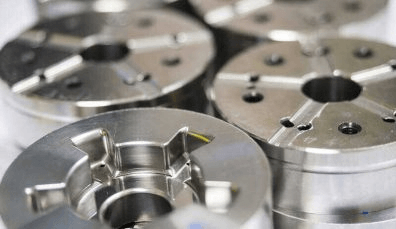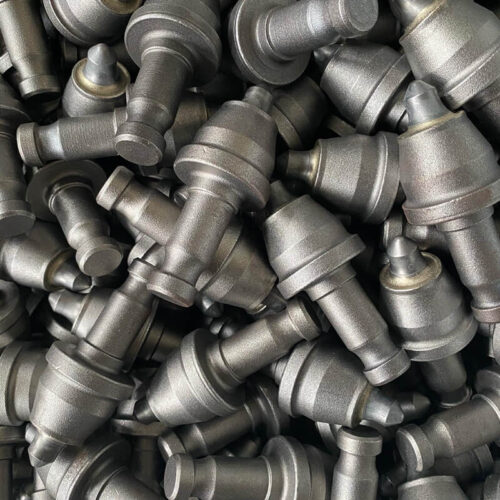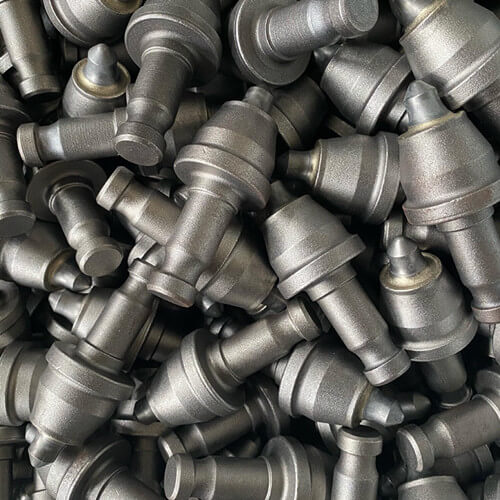Understanding the cold forging process can be daunting for beginners, but with the right guidance, they can learn to master this intricate skill. Cold forging, also known as cold forming, is a manufacturing process that involves shaping metal below its recrystallization temperature, generally at room temperature. It offers an array of benefits, including increased productivity, improved material usage, and superior finished product quality.
Let’s delve into the five practical ways beginners can approach this manufacturing technique:
Understanding the Basics
The first step for any newbie is to comprehend the fundamental principles of cold forging. This process involves deforming a metal piece into a desired shape under high pressure without the application of heat. Beginners should take time to understand the theory behind the recrystallization temperature, material yield strength, ductility, and how these factors interact during the cold forging process.
Learning about Suitable Materials
Beginners should familiarize themselves with the different types of materials that can be used. The most common materials used in this process are aluminum, stainless steel, copper, and carbon steel due to their high ductility and strength at room temperature. Knowing the properties of these materials will help in making the right choice for specific forging needs.
Mastering Design Considerations
Design plays a crucial role in cold forging. Newbies should spend significant time learning about design principles, understanding how shapes and sizes can affect the forging process, and how intricate details can be incorporated without compromising the strength and integrity of the final product. Good design can enhance the efficiency of the cold forging process, reduce material wastage, and improve the quality of the finished product.
Handling the Machinery
Cold forging requires the use of specialized machinery, like hydraulic presses, to exert high pressure on the metal. It’s essential for beginners to familiarize themselves with this equipment, its operation, safety measures, and maintenance practices. Learning how to properly setup, operate, and troubleshoot this machinery will make the forging process more efficient and safe.
Practicing Quality Control
The success of cold forging relies heavily on the quality of the final product. Newbies should learn about the various quality control techniques involved, such as visual inspections, non-destructive testing methods, and other evaluation procedures to ensure the final product meets the desired standards.
Visit coldforgingchina, one of the cold forging companies with a reputation of producing a vast collection of forgings, including machine parts.



